Geogrid vs Geotextile: Understanding the Differences in Geosynthetics Applications
When it comes to geosynthetics, two materials that often come up in discussions are geogrid vs geotextile.
Tel: +86-411-39569550 | E-mail: info@geofantex.com/geofantex@gmail.com
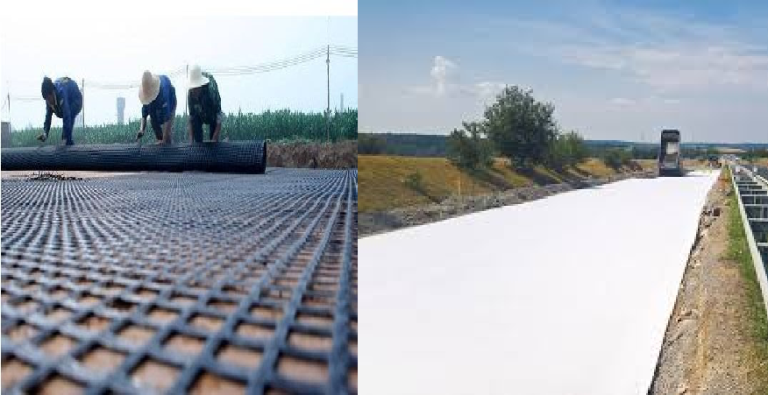
When it comes to geosynthetics, two materials that often come up in discussions are geogrid vs geotextile.

The geocomposite supplier provided a customized geocomposite material designed to offer both filtration and separation.
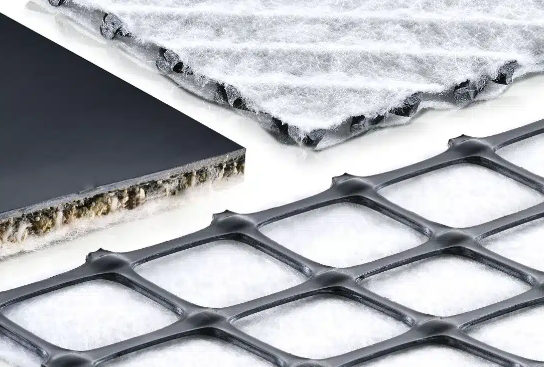
Geocomposite layer was employed to create an impermeable barrier between the waste and the surrounding soil.
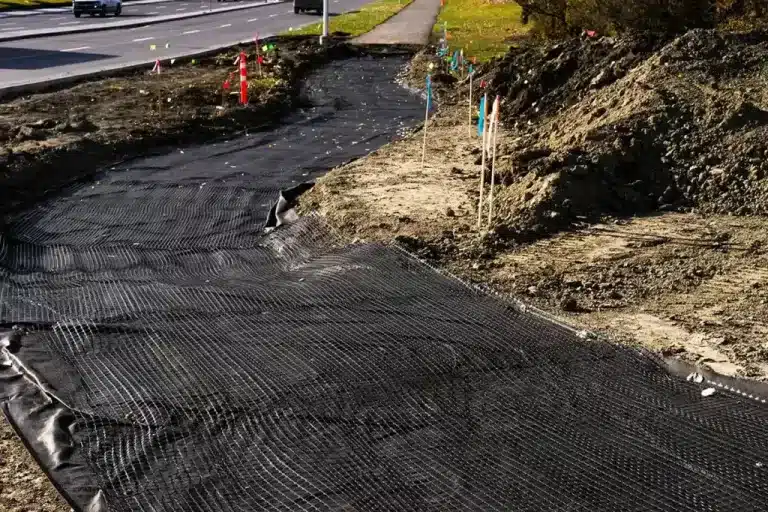
These advancements underscore the industry’s commitment to addressing geonet questions through innovation and strategic investments.
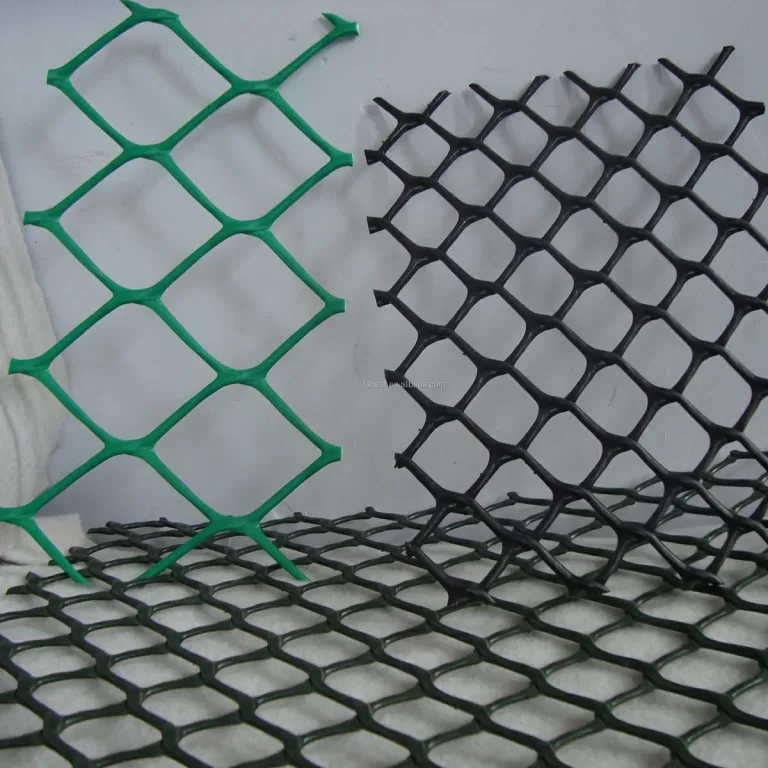
In recent industry developments, geonet for gravel has emerged as a game-changer in infrastructure projects worldwide.
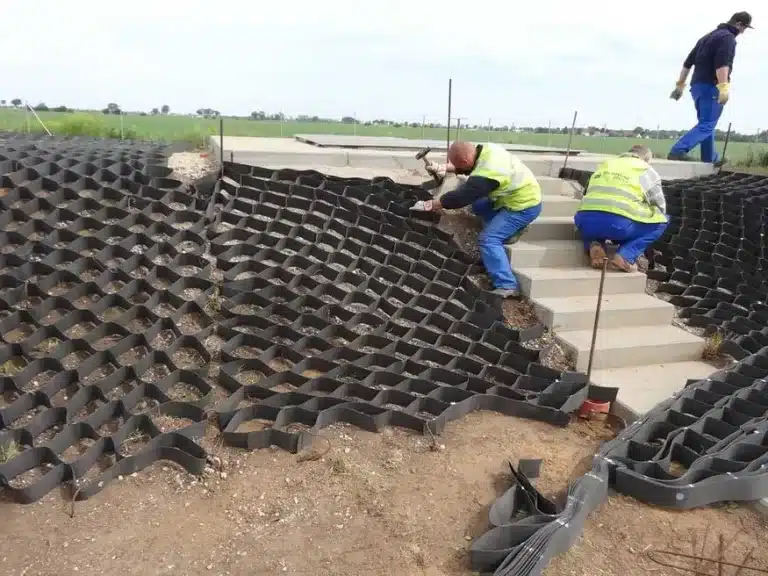
In today’s fast-evolving construction landscape, geocell roofing is setting a new standard for efficiency and sustainability.
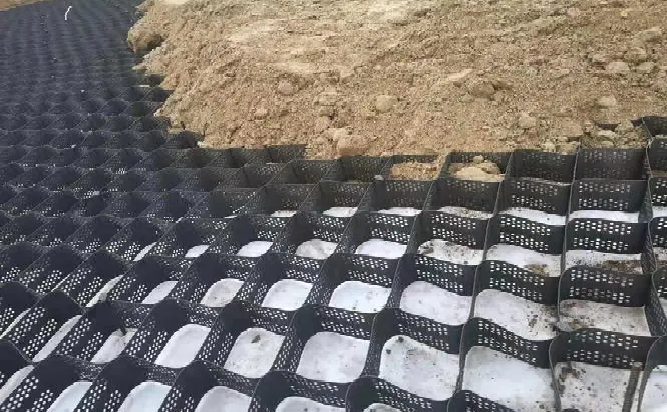
Geocell for roof leaks is a geosynthetic material designed to reinforce and stabilize roofs, preventing water penetration.
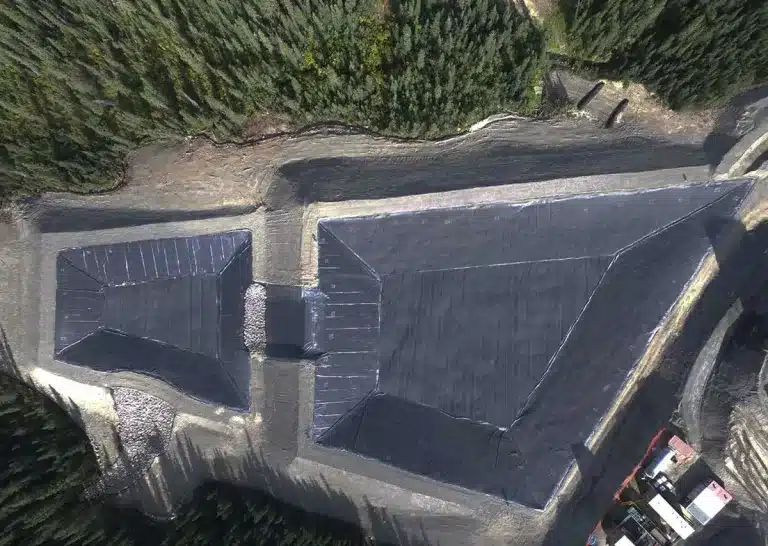
The geomembrane liner cost is influenced by several factors, including material type, thickness, and installation complexity.
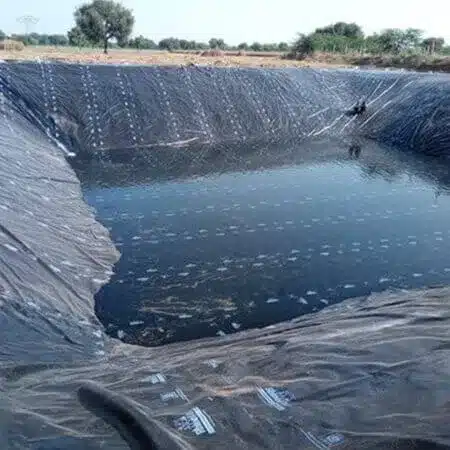
we’ll explore some common questions about geomembrane price and how these prices are determined in the geosynthetics industry.
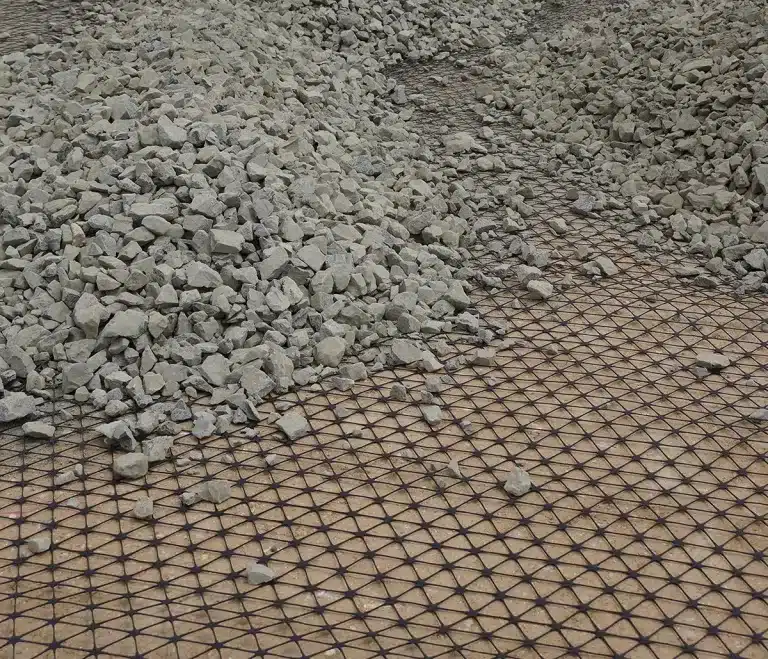
When considering geosynthetics for your project, geogrid cost plays a critical role in your decision-making process.
End of content
End of content
WhatsApp us